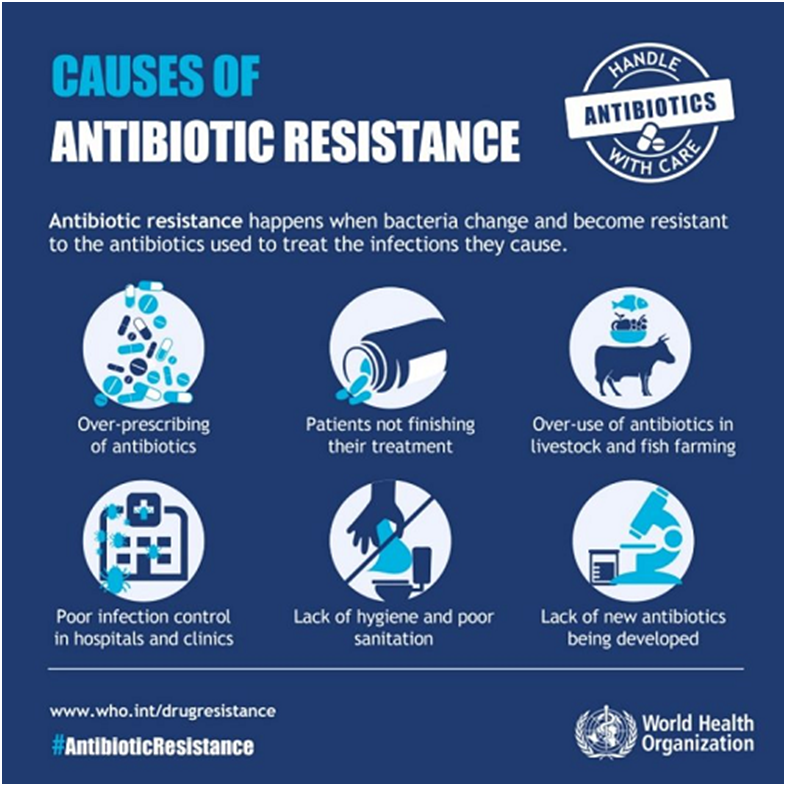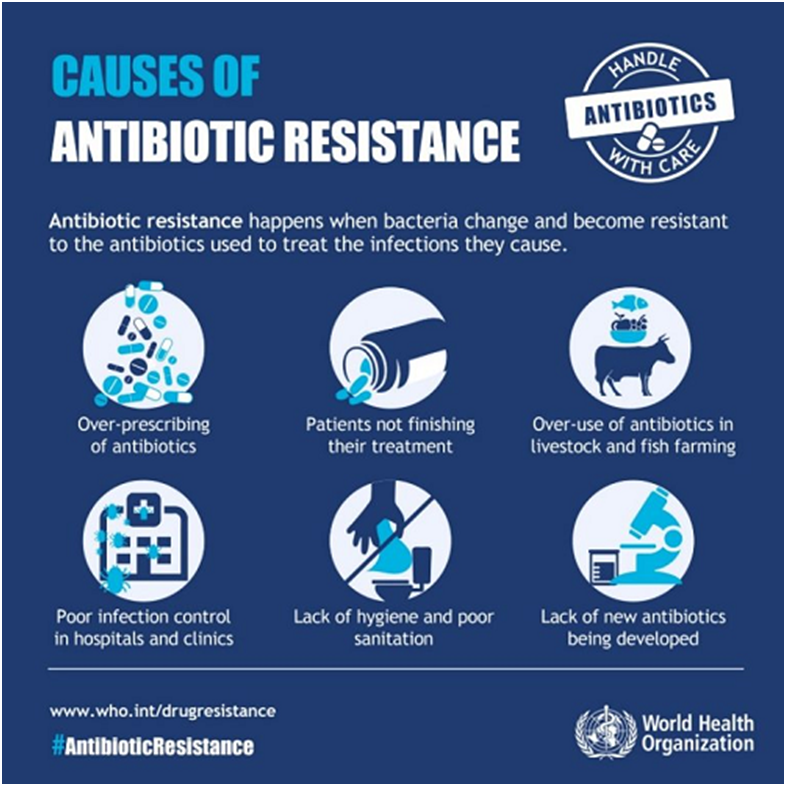CURRENT AFFAIRS
Get the most updated and recent current affair content on Padhaikaro.com
Bacterial resistance to drugs
- IAS NEXT, Lucknow
- 21, Jan 2022

Reference News:-
A comprehensive estimate of the global impact of antimicrobial resistance (AMR), covering 204 countries and territories, was published recently in The Lancet.
- The report is titled- Global Research on Antimicrobial Resistance (GRAM) report.
Highlights:
- 27 million people died in 2019 as a direct result of AMR.
- AMR is now a leading cause of death worldwide, higher than HIV/AIDS or malaria.
- Besides, another 49.5 lakh deaths were indirectly caused by AMR (a drug-resistant infection was implicated, but resistance itself may or may not have been the direct cause of death).
Pathogens analyzed:
- Of the 23 pathogens studied, drug resistance in six (E coli, S aureus, K pneumoniae, S pneumoniae, A baumannii, and P aeruginosa) led directly to 9.29 lakh deaths and was associated with 3.57 million.
- One pathogen-drug combination – methicillin-resistant S aureus, or MRSA – directly caused more than 1 lakh deaths.
- Resistance to two classes of antibiotics often considered the first line of defence against severe infections – fluoroquinolones and beta-lactam antibiotics – accounted for more than 70% of deaths caused by AMR.
What is Antibiotic resistance?
It is the ability of a microorganism (like bacteria, viruses, and some parasites) to stop an antimicrobial (such as antibiotics, antivirals and antimalarials) from working against it. As a result, standard treatments become ineffective, infections persist and may spread to others.

Why is Antimicrobial resistance a silent threat of the future?
- Antibiotics have saved millions of lives till date. Unfortunately, they are now becoming ineffective as many infectious diseases have ceased to respond to antibiotics.
- Even though antimicrobial resistance is a natural process, the misuse of antibiotics in humans and animals is accelerating the process.
- A large number of infections such as tuberculosis, pneumonia and gonorrhea are becoming very difficult to treat since the antibiotics used for their treatment are becoming less effective.
- Globally, use of antibiotics in animals is expected to increase by 67% by 2030 from 2010 levels. The resistance to antibiotics in germs is a man-made disaster.
- Irresponsible use of antibiotics is rampant in human health, animal health, fisheries, and agriculture.
- Complex surgeries such as organ transplantation and cardiac bypass might become difficult to undertake because of untreatable infectious complications that may result post-surgery.